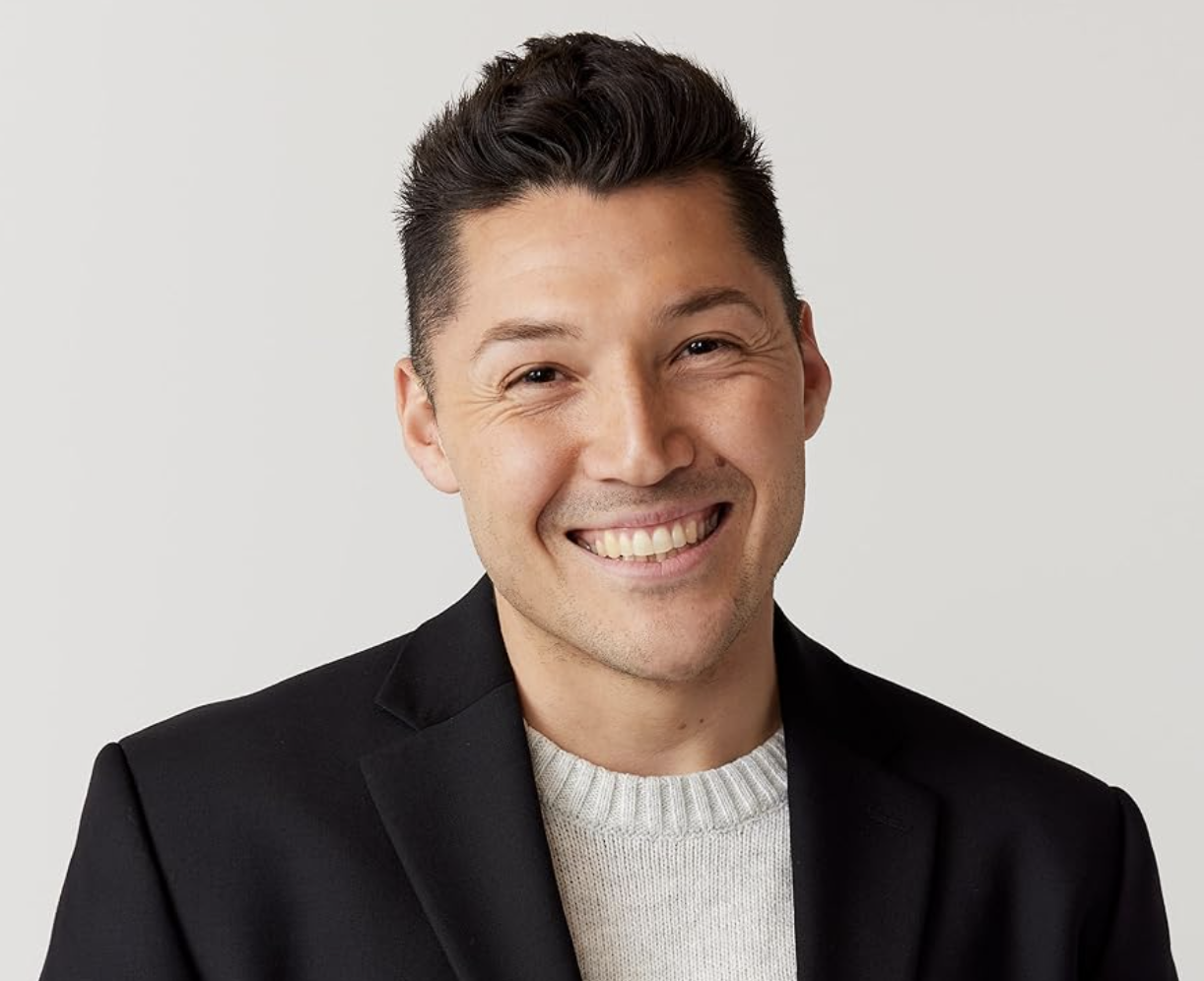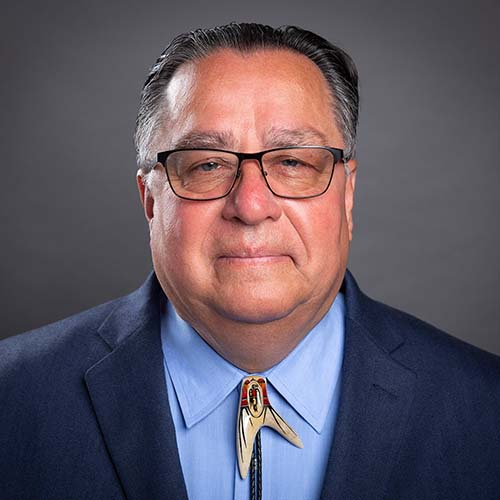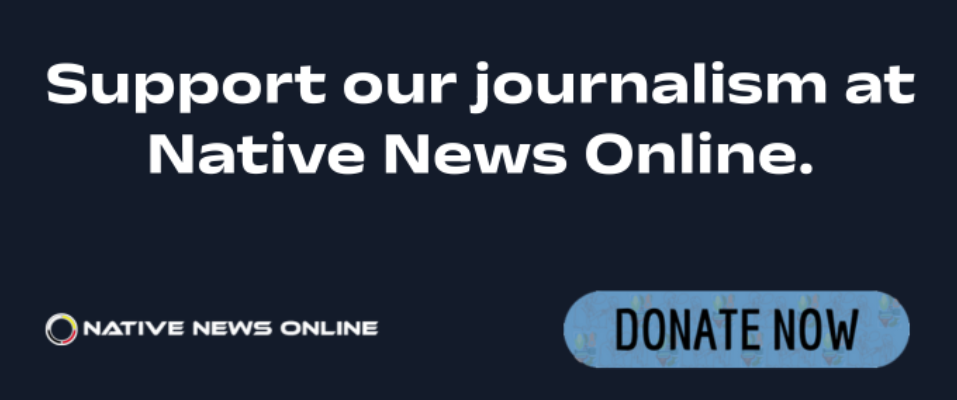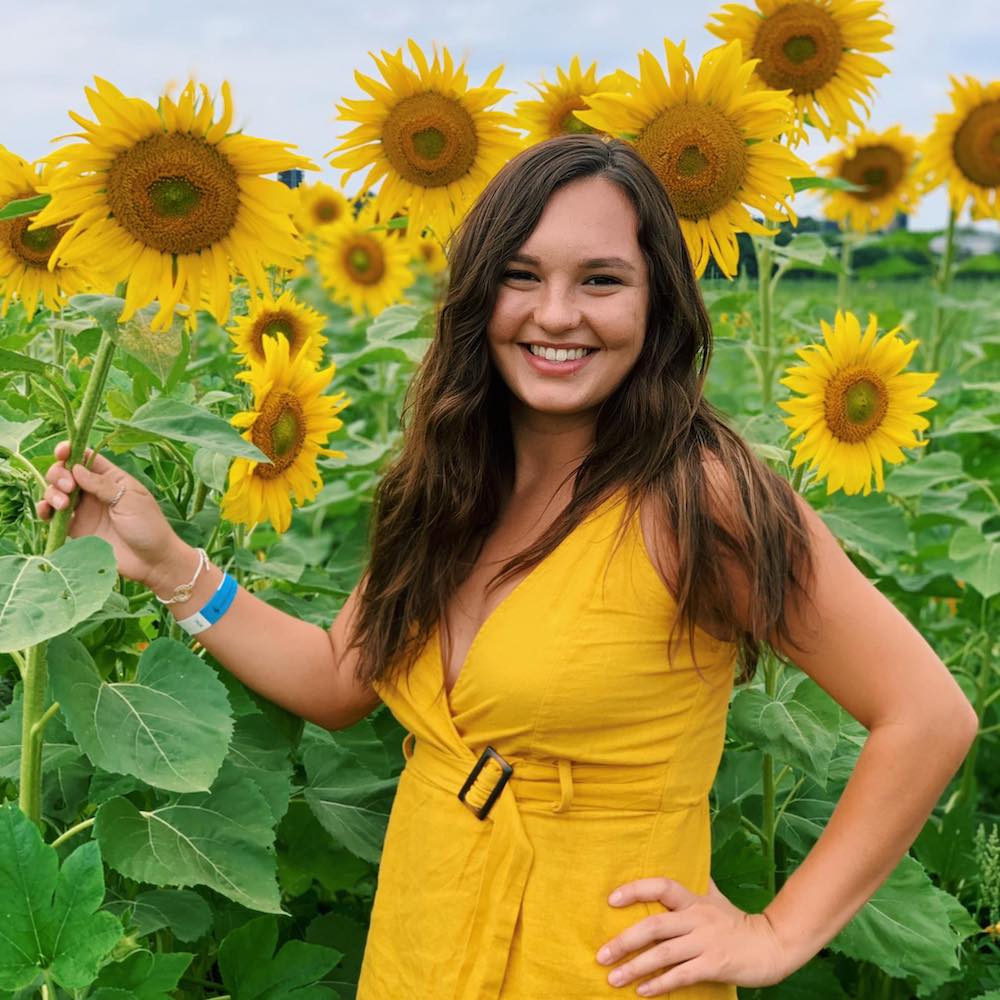
- Details
- By Kaili Berg
Joseph Perez, a U.S. Army veteran of Nooksack heritage, is making waves in Hollywood. After earning a Bronze Star for his service in Afghanistan during Operation Enduring Freedom XIV, Perez has shifted his focus to acting.
Perez’s latest role in the Showtime series The Curse, where he appears with Oscar-winner Emma Stone, is just the latest milestone in a growing career that includes feature films such as The Keeper and Wardriver.
For Perez, each project is an opportunity to connect personal experience with performance, whether drawing on the camaraderie and high stakes of his military service or weaving in cultural perspectives rooted in his Nooksack identity.
The underrepresentation of Indigenous actors in Hollywood is something Perez feels personally and professionally. He sees his work as not only about landing roles but also about opening doors for others, advocating for more authentic Indigenous stories, and pushing back against the tendency to stereotype or erase Native characters altogether.
Native News Online spoke with Perez about his upbringing, military service, and path into film. He discusses breaking into the industry, challenges with Native representation, notable roles in The Curse, The Keeper, and Wardriver, his upcoming project Her Monster, and his YouTube channel supporting first-generation law students.
[Editor's Note: This interview has been edited for clarity and brevity.]
Can you share a bit about your upbringing and how your heritage shaped your early life?
I grew up overseas in Europe, mainly Germany, where my sister and I were the only Native American students in our school. My parents were separated, so I would spend the school year with my dad in Europe and summers with my mom in Seattle.
My mom is from the Nooksack Tribe in the Pacific Northwest. She was a powwow dancer, as were my cousins, so I’d volunteer and watch at powwows. That was where I felt truly at home, surrounded by Native and Indigenous people who were welcoming and genuine. In Europe, I didn’t feel out of place, but it wasn’t the same.
Later, in Seattle, I got involved with the Indian Powwow Days and an improv group called Radical Song, which combined theater with teaching about land, traditions, and crafts. It gave me a sense of community and showed me a kind of theater training I’d never seen anywhere else.
How did your military career intersect with your identity and advocacy?
My first Army assignment was with the 1-12 Infantry, whose mascot was the “Red Warriors,” complete with a stereotypical Native image. I questioned why “Red Warriors” was okay when “White Warriors” or “Black Warriors” wouldn’t be.
I was told it was fine because a Native person had once approved it, which didn’t make it okay. I spoke up when I could, but as a junior officer, I was often told to stay quiet.
I served six years, deployed four times, and often felt isolated as a Native American in the military. The constant deployments and lack of downtime eventually led me to leave. That decision allowed me to return to the arts, something impossible while overseas.
How did you break into acting after leaving the military?
I cold-called the entire city of Denver asking for opportunities. My first gigs were hand modeling, holding cups, iPhones, and lotion bottles. I built up to lifestyle shoots, then full-body modeling, and eventually acting auditions.
I invested over $100,000 traveling for extra roles on projects like Guardians of the Galaxy and various Hulu and Disney productions. That on-set experience taught me industry etiquette and built a network, so casting directors started contacting me directly.
My military discipline, showing up on time, following directions, earned me reliability points that got me hired repeatedly.
Did your military background influence your acting opportunities?
Definitely. I was already trained with a wide range of weapons, which is rare in the industry. At first, I didn’t talk about my service, but once I did, directors started casting me for military and law enforcement roles.
That’s why a lot of my IMDb credits are Cop 2 or similar, it’s typecasting, but it works, and it opens the door to negotiate for bigger roles later.
What challenges have you faced with Indigenous representation in the industry?
There’s less than 1% Native representation among actors and lawyers. Sometimes I’ve been pressured to perform in a stereotypical “Native” voice or wear certain regalia, but I refuse roles that lean into stereotypes.
I’d rather create and tell modern Indigenous stories, about a Native law student or a Native police officer, showing we exist in all walks of life today.
Can you tell me about some of your recent roles, like The Curse, The Keeper, and Wardriver?
The Curse: I booked it last-minute, had to drive overnight from Louisiana to New Mexico, and arrived with almost no sleep. My first rehearsal was with Emma Stone. Exhaustion actually kept me from getting too starstruck.
Wardriver: Another close call, I finished shooting a commercial in Wyoming and barely made it to Utah for Wardriver with minutes to spare. I ended up in an intense one-on-one scene with Dane DeHaan, who changed his delivery every take, forcing me to really listen and react.
The Keeper: This was personal, it deals with military suicide, something I’ve seen firsthand. It gave me a chance to advocate for mental health and normalize therapy for veterans.
Any upcoming projects or dream roles?
I’m about to film Her Monster in Arizona, playing a principal. I don’t usually do horror, but I’m excited. I’m also working on my YouTube channel, JD Ready, to guide first-generation law students, especially Indigenous students, through applying, succeeding in law school, and navigating scholarships.
What advice would you give Indigenous youth who want to pursue acting or any dream?
Start. Don’t wait for permission. Use the internet, take classes, network. Cold-call if you have to.
Most people will say no, but one yes can change everything. Let the lack of representation motivate you, not discourage you. And remember, you never know who you might inspire just by going after your goals.
Anything else you’d like to add?
I want to help future generations the way others helped me, by laying a path for them to follow. Whether it’s in acting, law, or another field, representation matters, and so does showing people that they can do it, too.
More Stories Like This
Chickasaw Holiday Art Market Returns to Sulphur on Dec. 6Center for Native Futures Hosts Third Mound Summit on Contemporary Native Arts
Filmmakers Defend ‘You’re No Indian’ After Demand to Halt Screenings
A Native American Heritage Month Playlist You Can Listen to All Year Long
11 Native Actors You Should Know
Help us defend tribal sovereignty.
At Native News Online, our mission is rooted in telling the stories that strengthen sovereignty and uplift Indigenous voices — not just at year’s end, but every single day.
Because of your generosity last year, we were able to keep our reporters on the ground in tribal communities, at national gatherings and in the halls of Congress — covering the issues that matter most to Indian Country: sovereignty, culture, education, health and economic opportunity.
That support sustained us through a tough year in 2025. Now, as we look to the year ahead, we need your help right now to ensure warrior journalism remains strong — reporting that defends tribal sovereignty, amplifies Native truth, and holds power accountable.
 The stakes couldn't be higher. Your support keeps Native voices heard, Native stories told and Native sovereignty defended.
The stakes couldn't be higher. Your support keeps Native voices heard, Native stories told and Native sovereignty defended.
Stand with Warrior Journalism today.
Levi Rickert (Potawatomi), Editor & Publisher


